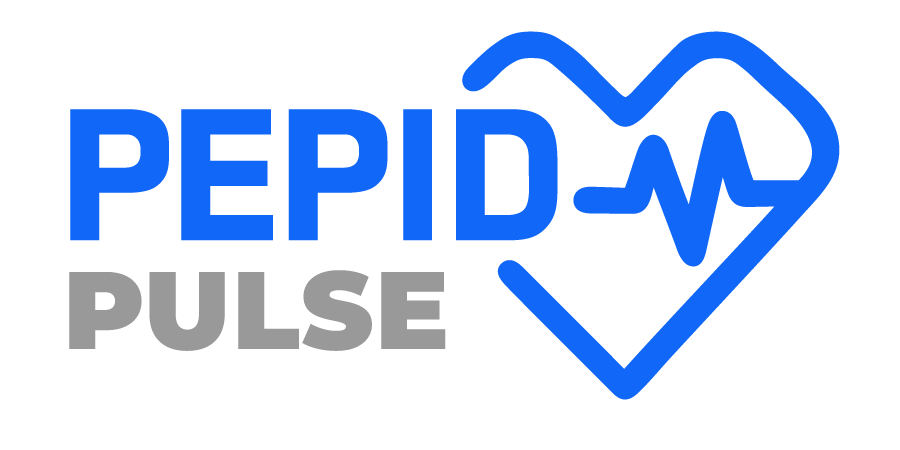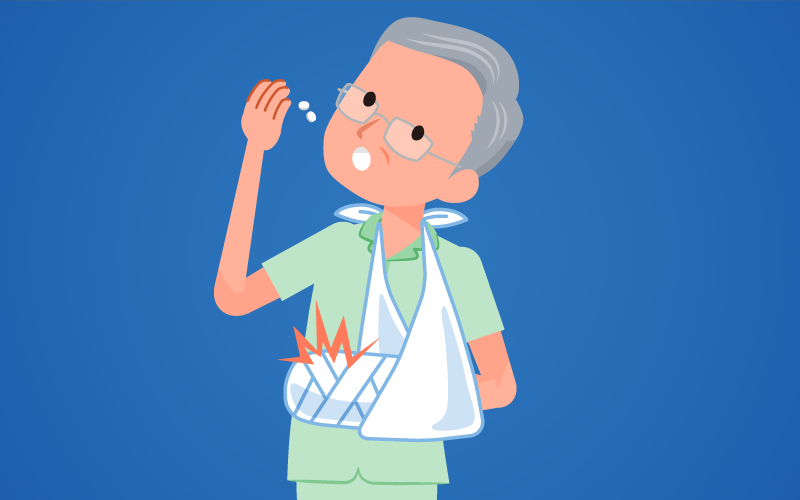Finally, some encouraging news about the opioid crisis. The results of a recent study could lead to a change in the way doctors prescribe opioids for pain in emergency departments.
Findings from a randomized clinical trial, authored by Dr. Alex Chang, show that a combination of non-opioid pain relievers, ibuprofen and acetaminophen, are just as effective as a combination of acetaminophen and the opioids oxycodone, hydrocodone, or codeine, in treating patients in the emergency room with acute extremity pain.
“I have treated overdose victims and have spent time talking to heroin addicts during my shifts. I’ve found that many became addicted from prescription opioids, which are sometimes prescribed after an ED visit,” the study’s author, Dr. Alex Chang tells PEPID via email.
“If non-opioids can be used to treat acute extremity pain, then we may be able to prevent some people from becoming addicted to prescription opioids and prevent them from being exposed to opioids in the first place.”
The Clinical Trial: Opioids Combinations versus Ibuprofen Combinations
Dr. Chang and his team conducted the trial at two urban Emergency Departments in the Bronx over the course of a little more than a year. It includes 411 ED patients, aged 21 to 64 years, with acute extremity pain. Adverse events were not assessed and patients were randomly assigned to one of four different groups:
- A group received 400 mg of ibuprofen and 1000 mg of acetaminophen;
- B group received 5 mg of oxycodone and 325 mg of acetaminophen;
- C group received 5 mg of hydrocodone and 300 mg of acetaminophen; and
- D group received 30 mg of codeine and 300 mg of acetaminophen.
Using the Numeric Rating Scale (NRS), patients rated their pain two hours after intervention.
- A group’s NRS pain score decreased by 4.3 (ibuprofen and acetaminophen);
- B group’s score decreased by 4.4 (oxycodone and acetaminophen);
- C group’s score decreased by 3.5 (hydrocodone and acetaminophen); and
- D group’s score decreased by 3.9 (codeine and acetaminophen).
The study concludes that for patients in the ED with acute extremity pain, there are no significant clinical differences in pain reduction between single-dose treatments with ibuprofen and acetaminophen versus combinations with three different opioid and acetaminophen analgesics. According to the study, “the predefined minimum clinically important difference is 1.3 on the NRS.”
The Study’s Limitations
While the findings are overall very encouraging, it’s important to understand that this study is limited to a single dose of analgesic in ED patients with acute extremity pain.
“We can’t generalize the results to the outpatient setting, to chronic pain, to repeated treatment at home, or to pain in other body parts, such as the abdomen. Although we found no difference in pain relief at two hours, it’s important to know that this was on average, and that any individual patients might receive better pain relief from a particular analgesic. Just because something is true in general doesn’t mean it is true for everyone,” says Dr. Chang.
Dr. Chang also warns that “we need to be careful and not swing the pendulum too far in the other direction,” so that arbitrary regulatory restrictions are not imposed to prevent patients who need opioids from receiving them.
What’s Next?
There’s a lot more work in Dr. Chang’s foreseeable future. “A good researcher uses the data from prior studies to inform the next study. That is what this study has done for me. I plan to follow patients after ED discharge now that I know non-opioids provide comparable pain relief while in the ED.” He also plans to study side effects, as they will have a significant impact on which analgesic physicians prescribe.
In the meantime, Dr. Chang hopes the study sparks meaningful conversations between patient and physician in order to provide adequate pain management without opioids.
“By demonstrating to both patients and physicians that a combination of non-opioid provides pain relief on par with opioids to patients with acute extremity pain, it’s likely the physician will be more inclined not to prescribe an opioid upon discharge and the patient will be more accepting of a non-opioid upon discharge.”
To view the study in its entirety, click here.
About PEPID
Want to know more about current drugs on the market today? PEPID’s Pharmacist Pro is the most extensive medication information database available. Our comprehensive drug database contains both U.S. and Canadian drug names, generics, over-the-counters, herbals and foods. To learn more about PEPID, visit our home page, watch our overview video, or call us at 602-296-3443.

